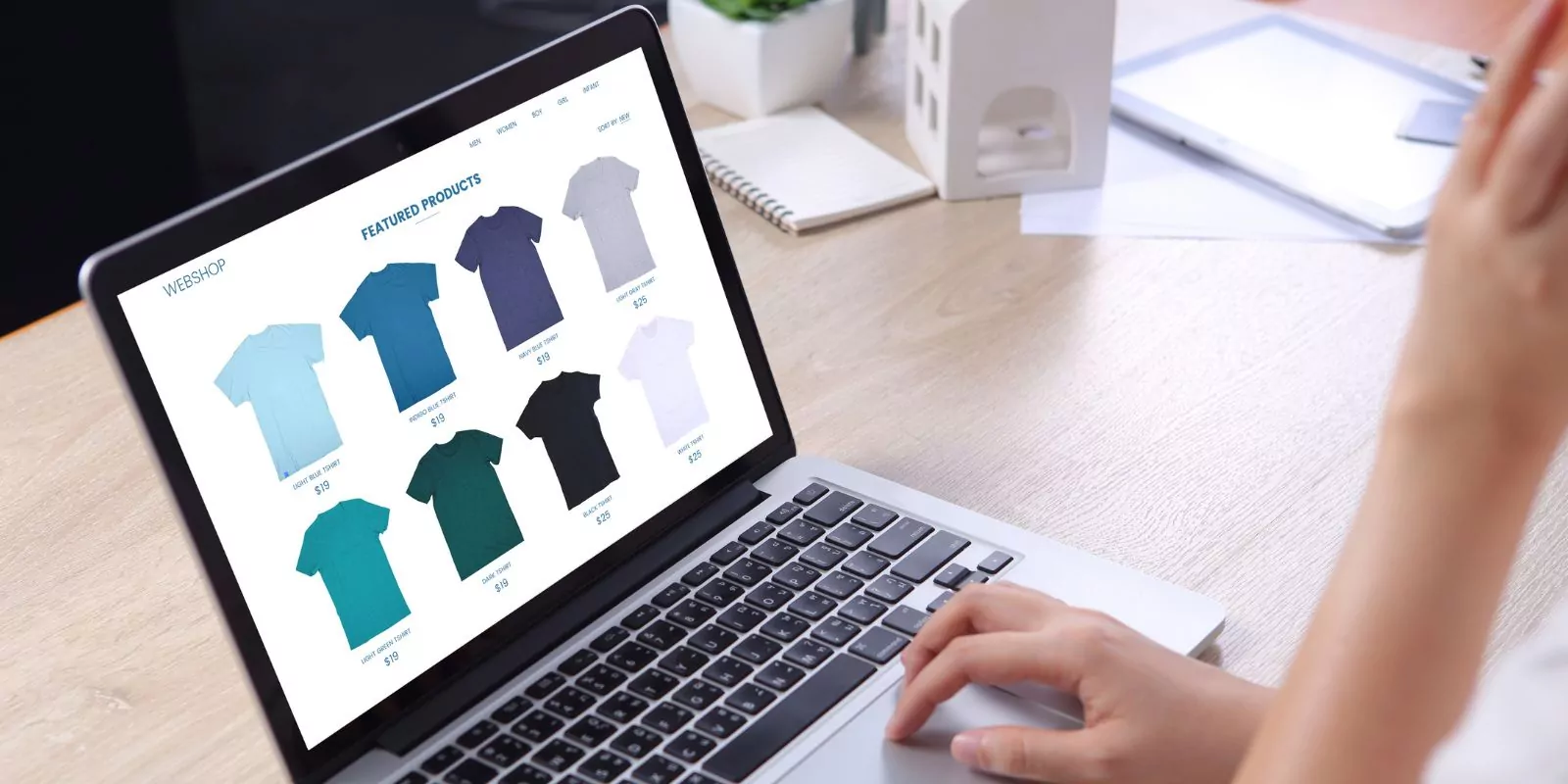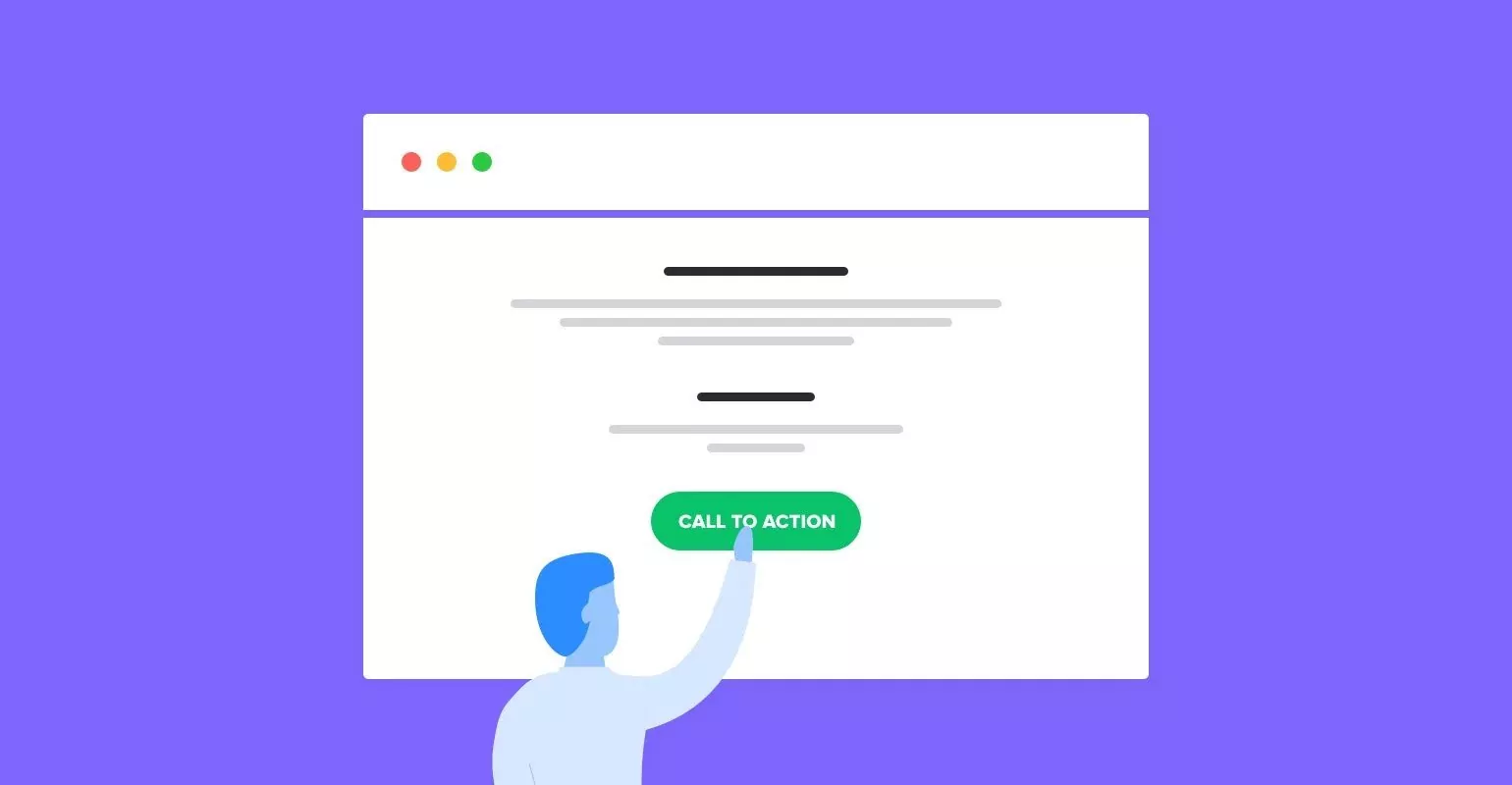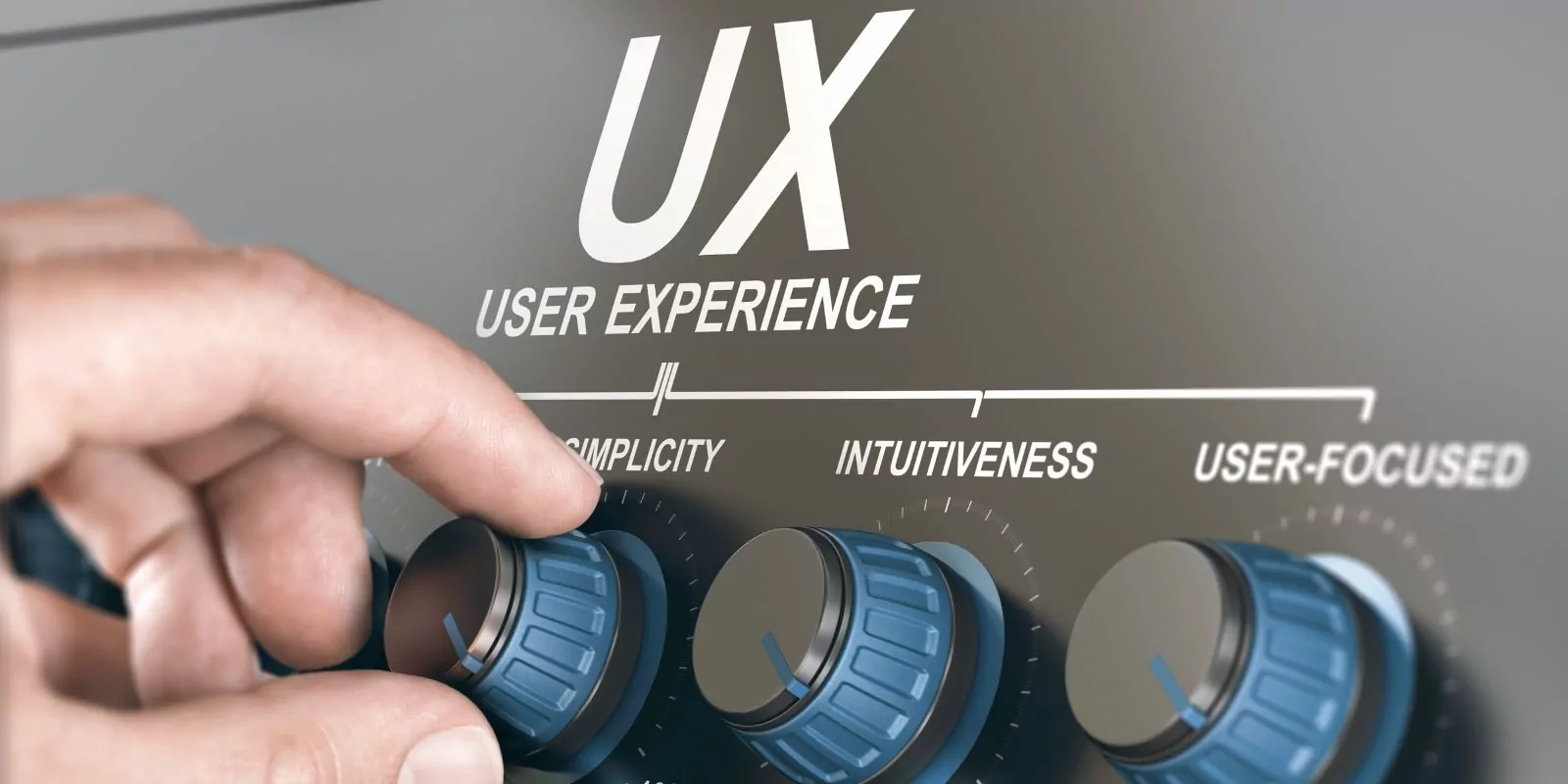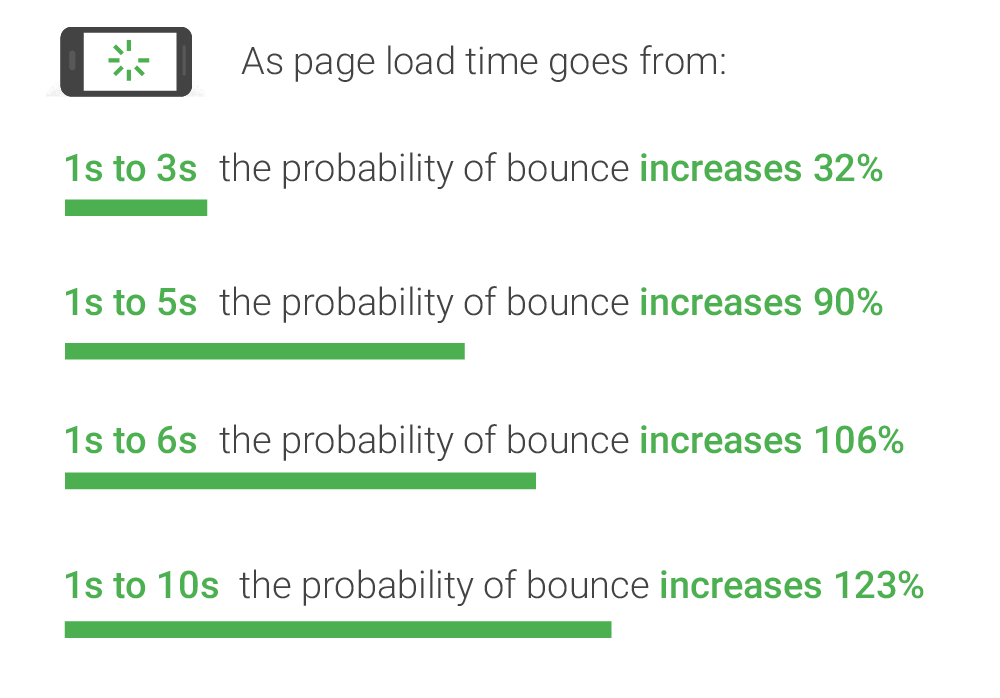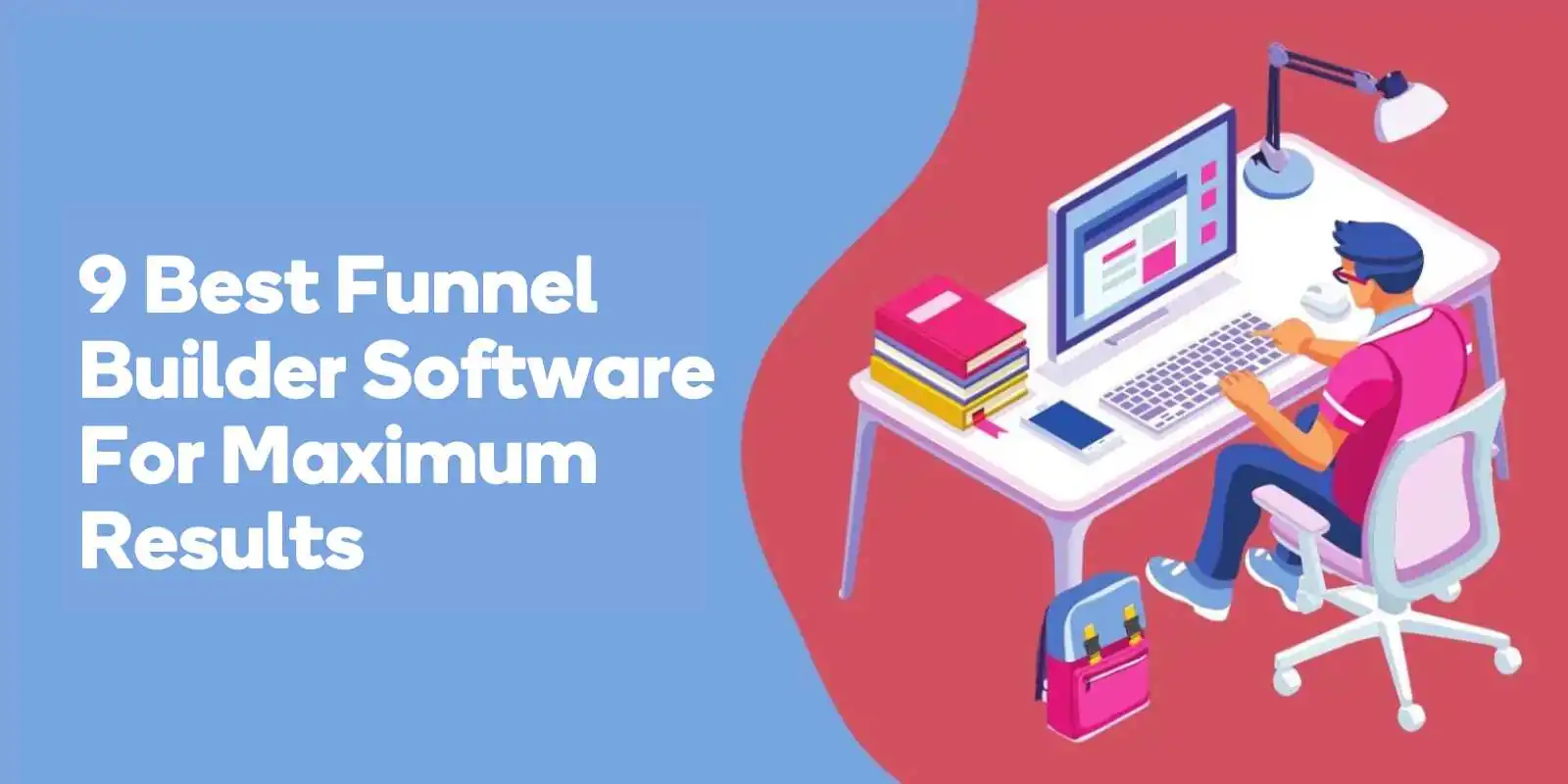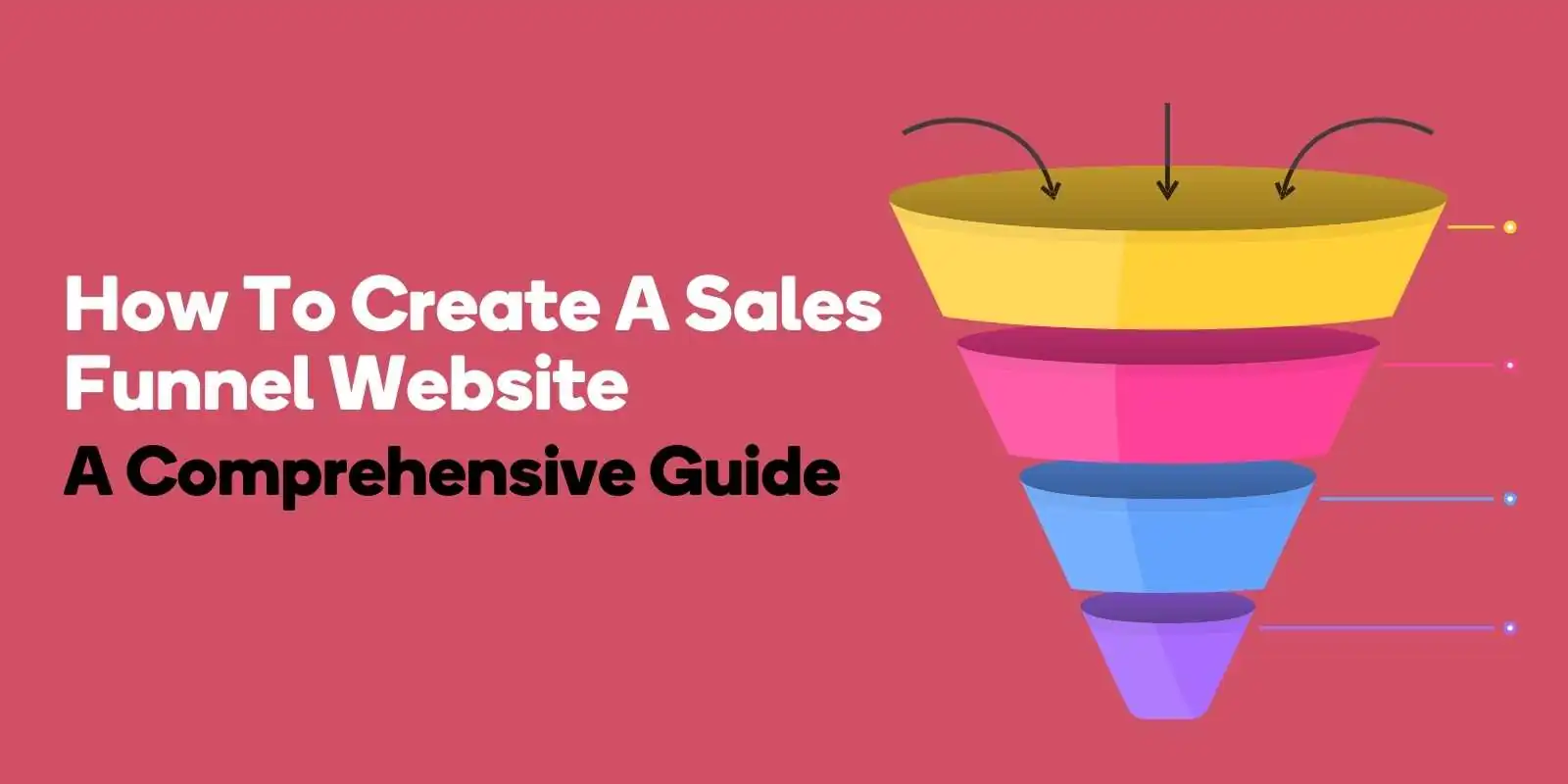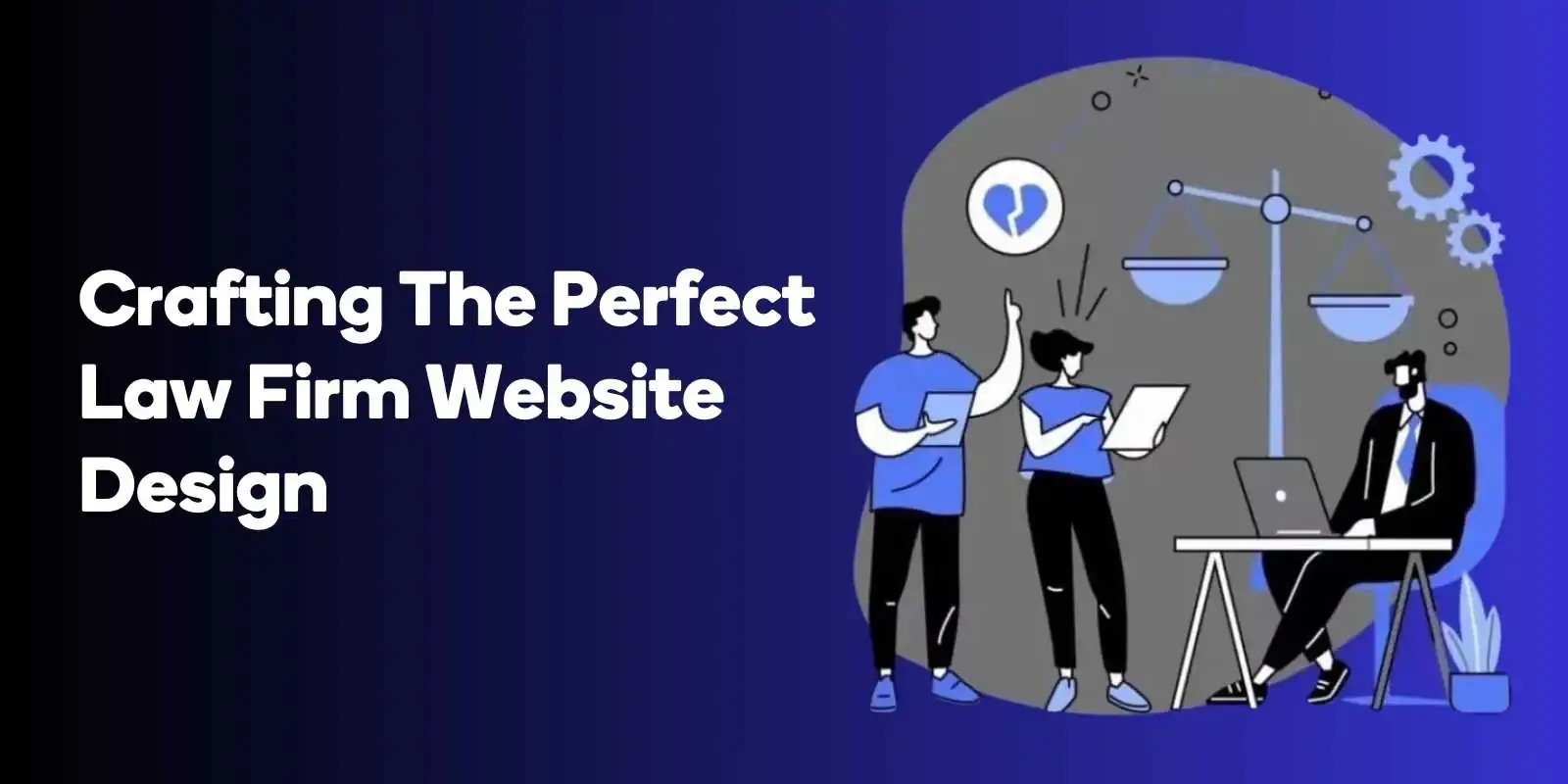The world of e-commerce continues to grow rapidly, with a projected 4.9 trillion US dollars in sales expected by 2024.
To succeed in this competitive market, businesses must prioritize user-friendly web design that provides a seamless online shopping experience.
In this blog, we will explore the key elements of e-commerce web design that can help enhance user experience, optimize conversions, and ensure customer satisfaction.
Let’s dive in…
1. The Importance of User-Friendly Web Design in E-commerce
User-friendly web design is essential for e-commerce success, as it directly impacts the online shopping experience.
A study by the Baymard Institute found that a well-designed e-commerce site can increase conversion rates by up to 35%.
By focusing on elements such as navigation, product pages, and mobile optimization, you can create a user-friendly interface that encourages customers to complete their purchases.
2. Responsive Design: Catering to All Devices
Responsive design is crucial in e-commerce web design, as it ensures that a site adapts seamlessly to different devices and screen sizes.
According to Statista, over 54% of e-commerce sales are expected to occur on mobile devices by 2021.
By implementing responsive design, you can provide a consistent and enjoyable shopping experience across all platforms, helping to boost conversions and customer satisfaction.
3. Streamlined Navigation: Guiding Users Through the Shopping Experience
Effective navigation is a key aspect of user-friendly web design, as it helps users find what they’re looking for quickly and easily.
Research by Forrester indicates that 50% of potential sales are lost because users can’t find the desired product.
By incorporating clear and intuitive navigation elements into your e-commerce site, you can facilitate a smooth and efficient online shopping experience.
4. Optimizing Product Pages for User Experience and Conversions
Product pages are the heart of any e-commerce website, as they showcase the products you’re selling and provide essential information to potential customers.
A study by the Nielsen Norman Group found that well-designed product pages can increase user engagement by up to 60%.

Award-Winning
Sales Funnel & Website Expert
Discover How My Agency Can Grow Your Business
- Website: Our websites are the perfect blend of form and function.
- Sales Funnel: We build sales funnels that turn leads into customers.
- SEO: Get found online with our expert SEO services.
By focusing on elements such as clear product images, detailed descriptions, and prominent call-to-action (CTA) buttons, you can create product pages that drive conversions and enhance user experience.
5. The Power of Effective Call-to-Action (CTA) Elements
CTAs play a critical role in e-commerce web design, as they guide users toward desired actions, such as adding a product to their shopping cart or proceeding to the checkout.
According to Unbounce, personalized CTAs can increase conversion rates by up to 202%.
By designing clear and compelling CTAs, you can encourage users to take the desired action and optimize your site’s conversion rates.
6. Simplifying the Shopping Cart and Checkout Process
The shopping cart and checkout process are crucial components of e-commerce web design, as they directly impact the likelihood of users completing their purchases.
Research by the Baymard Institute shows that a complicated checkout process can lead to a 69.57% cart abandonment rate.
By streamlining the shopping cart and checkout process, you can reduce friction and increase the likelihood of users completing their transactions.
7. Mobile Optimization: Enhancing the Online Shopping Experience on the Go
With the ever-growing popularity of mobile devices for online shopping, mobile optimization is essential for e-commerce web design.
A study by Google revealed that 53% of mobile users will abandon a site if it takes longer than three seconds to load.
By focusing on mobile optimization, including fast page load times and easy-to-use interfaces, you can cater to mobile users and ensure a positive shopping experience across all devices.
8. Prioritizing User Experience (UX) and User Interface (UI) Design
The overall user experience (UX) and user interface (UI) design play a significant role in determining the success of an e-commerce website.
According to research by the Oxford Journal of Interacting with Computers, a well-designed user interface can increase conversions by up to 200%, and improve user satisfaction by up to 100%.
By prioritizing UX and UI design, you can create a visually appealing and intuitive online shopping experience that keeps customers coming back.
9. Improving Page Load Time for Enhanced User Experience
Page load time is a critical factor in e-commerce web design, as it directly impacts user experience and conversion rates.
A study by Google found that a one-second delay in page load time can lead to a 20% decrease in conversions.
By optimizing your site’s performance and ensuring fast page load times, you can provide a better shopping experience and ultimately boost your conversion rates.
10. Harnessing the Power of Social Proof and Reviews
Incorporating social proof and customer reviews into your e-commerce web design can help build trust and credibility, encouraging users to make a purchase.
According to a study by Spiegel Research Center, displaying customer reviews can increase conversion rates by up to 270%.
By showcasing social proof and customer testimonials on your site, you can foster trust and encourage users to complete their transactions.
Frequently Asked Questions
What is web design in e-commerce?
E-commerce web design refers to the process of creating an online storefront or platform where businesses can sell their goods or services digitally. This involves developing an attractive, user-friendly, and secure website that allows customers to browse products, add them to a shopping cart, and complete purchases through an integrated payment gateway. Key elements include product pages, search and filter options, customer reviews, secure checkout processes, and responsive design for mobile users.
How would you design a website for e-commerce?
Designing an e-commerce website requires careful planning and consideration. Here are the steps you should follow:
- Understand Your Audience: Know who your customers are and what they value to guide your design decisions.
- Choose an E-commerce Platform: Decide on a platform like Shopify, WooCommerce, or Magento, based on your business’s needs and budget.
- Design with User Experience in Mind: Create an intuitive and easy-to-navigate layout. Make sure it’s responsive to different screen sizes.
- Product Pages: Create detailed and enticing product pages with high-quality images and accurate descriptions.
- Secure Checkout Process: Implement a secure and straightforward checkout process that includes various payment options.
- Optimize for SEO: Use relevant keywords and optimize images and other site elements for search engines.
- Implement Analytics: Use tools like Google Analytics to track user behavior and site performance.
Why design a website for e-commerce?
Designing a website for e-commerce is essential for businesses wanting to sell their products or services online. It offers a global reach, allows businesses to be open 24/7, and offers convenience for customers. It can also provide valuable insights into customer behavior and preferences, improve business visibility, and reduce operational costs compared to a physical store.
What is the best ecommerce website design cost?
The cost of an e-commerce website design can vary greatly depending on the size, complexity, and features of the site. As of 2024, a basic e-commerce website design might cost between $2000 to $5000, a more customized site might run between $5000 to $15,000, while large, complex e-commerce sites can cost over $20,000.
How much does the average eCommerce site make?
The income generated by an average e-commerce site can vary widely depending on factors such as the industry, the products or services sold, the target market, and the effectiveness of the site’s SEO and marketing efforts. Some small e-commerce sites might make a few thousand dollars per month, while larger, more established sites can generate revenue of several million dollars per month.
How much does Shopify take per sale?
As of 2024, Shopify has different plans with varying fees. For their Basic Shopify plan ($29/month), the online credit card rates are 2.9% + 30¢ per transaction. For the Shopify plan ($79/month), the rate is 2.6% + 30¢, and for the Advanced Shopify plan ($299/month), the rate is 2.4% + 30¢. Additionally, if you use payment providers other than Shopify Payments, an additional fee applies based on your plan (2% for Basic Shopify, 1% for Shopify, and 0.5% for Advanced Shopify).
Conclusion
Designing a user-friendly online shopping experience is essential for e-commerce success.
By focusing on key aspects such as responsive design, streamlined navigation, optimized product pages, effective CTAs, a simplified shopping cart and checkout process, mobile optimization, and prioritizing UX and UI design, you can create an e-commerce website that drives conversions and delights customers.
Remember to also consider page load times and the power of social proof and reviews to further enhance user experience and optimize your site’s performance.
With a well-designed e-commerce site, you’ll be well on your way to thriving in the competitive world of online retail.
